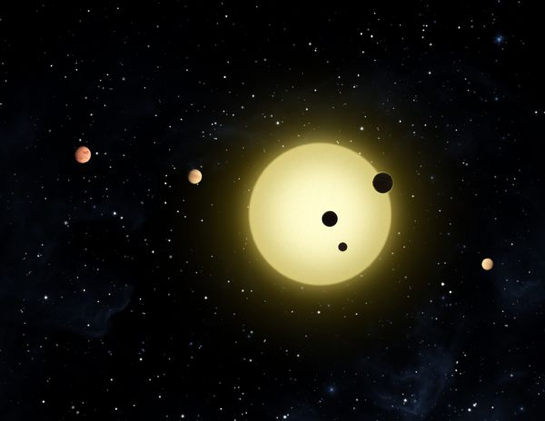Exoplanets Without Plate Tectonics Can Host Conditions Suitable For Life

For years, scientists looking for exoplanets capable of hosting life have been focusing on some key biosignatures such as oxygen and carbon dioxide.
The hunt basically involves looking for a world far enough from its host star to support liquid water and then identifying these biosignatures to determine if the conditions prevailing there are good enough to host life.
While oxygen, as we all know, is one of the most essential prerequisites for life, carbon dioxide traps solar radiation and keeps a world warm enough to host water in a liquid state. But, many scientists think only planets with plate tectonics can have a suitable amount of CO2 in their atmosphere.
Studies have shown in the past that plate tectonics are crucial for regulating CO2 in the atmosphere of a planet. On Earth, this happens when volcanoes located at the edge of these plates release the gas into the atmosphere. Some of this gas stays in the air, while the rest goes back into the planet’s interior through natural processes such as subduction — the collision between two plates.
"Volcanism releases gases into the atmosphere, and then through weathering (and subduction), carbon dioxide is pulled from the atmosphere and sequestered into surface rocks and sediment," Bradford Foley, one of the authors of the study, said in a statement. "Balancing those two processes keeps carbon dioxide at a certain level in the atmosphere, which is really important for whether the climate stays temperate and suitable for life."
The theory has been widely suggested, with many ruling plate-less or stagnant lid planets out of the search for life. However, using a series of computer simulations and calculating how hot a planet could get throughout its life, Foley and team found all these worlds, no matter what size or composition they have, can still host liquid water for billions of years.
The team came to this theory after combining levels of heat a stagnant lid planet could produce after formation with different heat-producing elements. The results of the work revealed a process called degassing would release sufficient amount CO2 for warming the world.
Basically, due to the lack of plate tectonics, these worlds would witness slow and short volcanic activity. The lava flows resulting from these eruptions, however, could heat up the surface long enough to release the gas from the rocks. The escape process could further increase depending on the heat-producing elements on the surface.
"There's a sweet spot range where a planet is releasing enough carbon dioxide to keep the planet from freezing over, but not so much that the weathering can't pull carbon dioxide out of the atmosphere and keep the climate temperate," Andrew Smye, another researcher involved in the work, added.
These conditions, as their models suggested, could be ideal for life. In fact, even at highest extremes, their model demonstrated that stagnant lid planets could sustain life for at least four billion years.
© Copyright IBTimes 2024. All rights reserved.





















